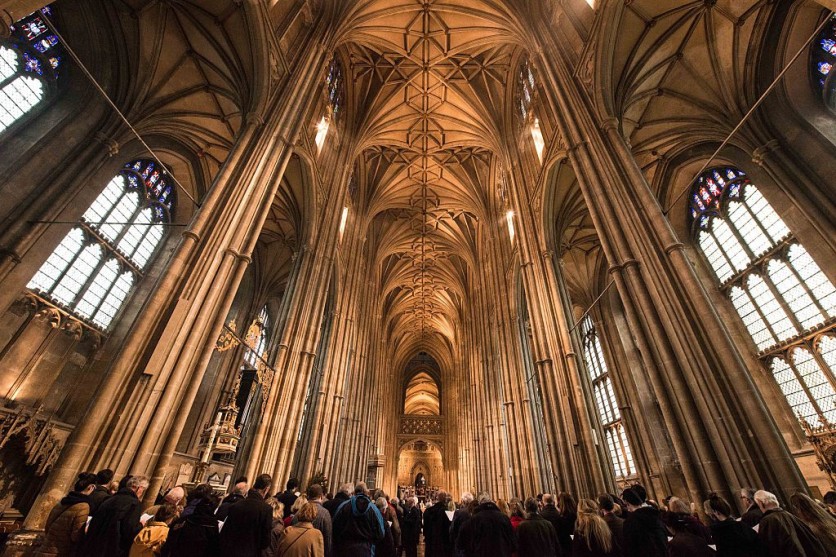Scientists in the UK will analyze cosmic dust collected from ancient structures to understand space material's impact on Earth and its atmosphere. This research will shed light on Earth's interaction with cosmic elements, preserving undisturbed sites for accurate analysis.

Analyzing Cosmic Dust
A team of scientists from the University of Kent has embarked on a unique mission, exploring the rooftops of cathedrals across the UK in search of cosmic dust.
In the coming months, Dr. Penny Wozniakiewicz and Dr. Matthias van Ginnekento will examine dust grains collected on these ancient structures and analyze their composition.
According to Interesting Engineering, their goal is to gain insights into the extent of space material reaching Earth and its impact on the planet and its atmosphere.
NASA defines cosmic dust as interplanetary dust particles (IDP) originating from comets, asteroids, and celestial bodies, typically less than 0.1mm in diameter. These tiny particles rapidly decelerate upon entering Earth's atmosphere.
The research promises to shed light on a lesser-known aspect of our cosmic environment and deepen our understanding of Earth's interaction with space. Wozniakiewicz explained that the primary goal is to preserve the site's undisturbed nature during their cosmic dust investigation.
Also Read : Saving the Earth from Asteroids: Dust Particles From Itokawa Bring Data Crucial for the Planet
Choosing Cathedral Roofs
While cosmic dust permeates the surroundings, studying rooftops provides a unique opportunity to gather this dust without the interference of foot traffic and maintain its pristine condition. The size and inaccessibility of cathedral roofs make them ideal grounds for cosmic dust accumulation.
Wozniakiewicz explained to The Guardian that exploring these rooftops allows them to study fascinating particles, helping them gauge the number of particles reaching the Earth's surface. This information can be linked to the particles arriving at the top of the atmosphere, providing valuable insights into the material's contribution to our planet.
After a successful feasibility study that revealed cosmic particles on the roof of Canterbury Cathedral, the scientists are gearing up to conduct more in-depth research there in the upcoming weeks. Following Canterbury, their next destination is Rochester Cathedral.
Despite the challenges posed by the heights and the weather conditions in the UK, the scientists benefit from the meticulous construction records maintained by these cathedrals.
The Messenger reported that this valuable information aids in understanding the ages of various roof sections and the duration of dust accumulation, contributing to their cosmic dust investigation.
Wozniakiewicz said: "For the next rooftops, it's important that we collect everything we can get access to over a specified area. Fortunately, I'm OK with heights. Once I'm up there I just get on with it and don't look down."
Related Article : New Dust-Resistant Materials Set to Revolutionize Cleaning of Spacecraft, Solar Panels





